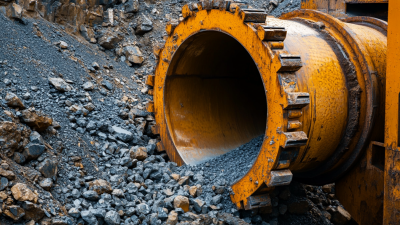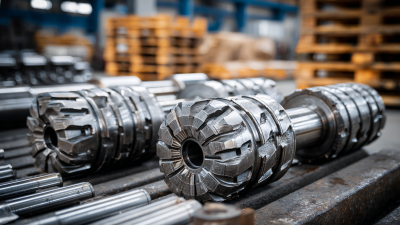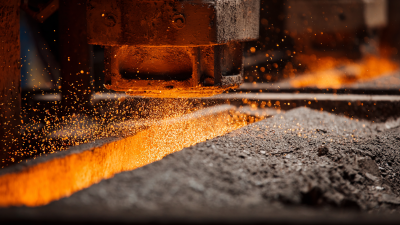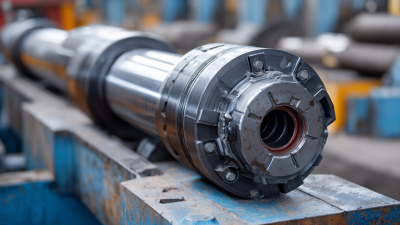
-
Home
-
About Us
-
Products
-
News
-
Blog
-
Contact Us
Leave Your Message

The efficiency of crushing operations heavily relies on the quality and performance of critical components, among which the Cone Crusher Bowl Liner plays a pivotal role. Recent industry reports indicate that optimizing the design and material composition of bowl liners can lead to substantial increases in throughput and reduction in operational costs. For instance, a study conducted by the Mining Equipment Institute highlighted that properly maintained bowl liners can enhance crushing efficiency by up to 25%, significantly impacting overall productivity.
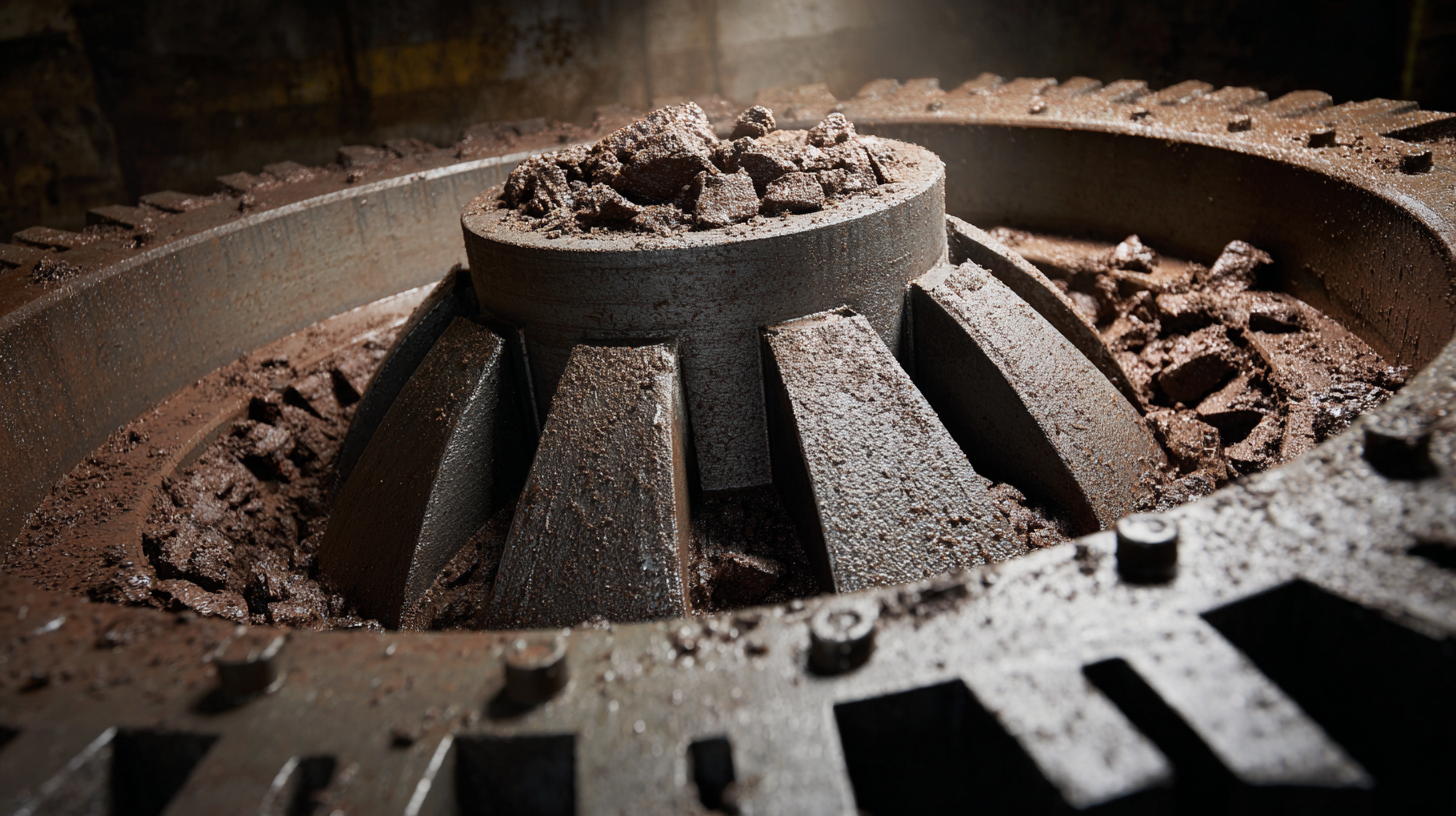
As the global demand for crushed materials continues to rise—projected to reach 2.3 billion tons by 2025—ensuring the integrity and performance of Cone Crusher Bowl Liners becomes paramount for mining and aggregate operations. Understanding how these liners function and their contribution to the overall crushing process is essential for maximizing performance and profitability in an increasingly competitive market.
The selection of appropriate materials for cone crusher bowl liners significantly influences the equipment's overall performance and longevity. Given that bowl liners are subjected to high levels of stress and abrasion during the crushing process, it’s crucial to choose materials that can withstand these conditions while maintaining their structural integrity. High-manganese steel, for instance, is favored for its excellent wear resistance and ability to harden under impact, making it a popular choice for many operations.
Additionally, advancements in metallurgy and alloy formulations have led to the development of composite and ceramic materials that enhance durability and efficiency. These materials not only extend the lifespan of the bowl liners but also contribute to maximizing crushing efficiency. By reducing wear rates and downtime, the right material selection ultimately leads to increased productivity and cost savings in the long run. Thus, understanding the specific requirements of a crushing operation and selecting the right material for bowl liners is fundamental to optimizing performance.
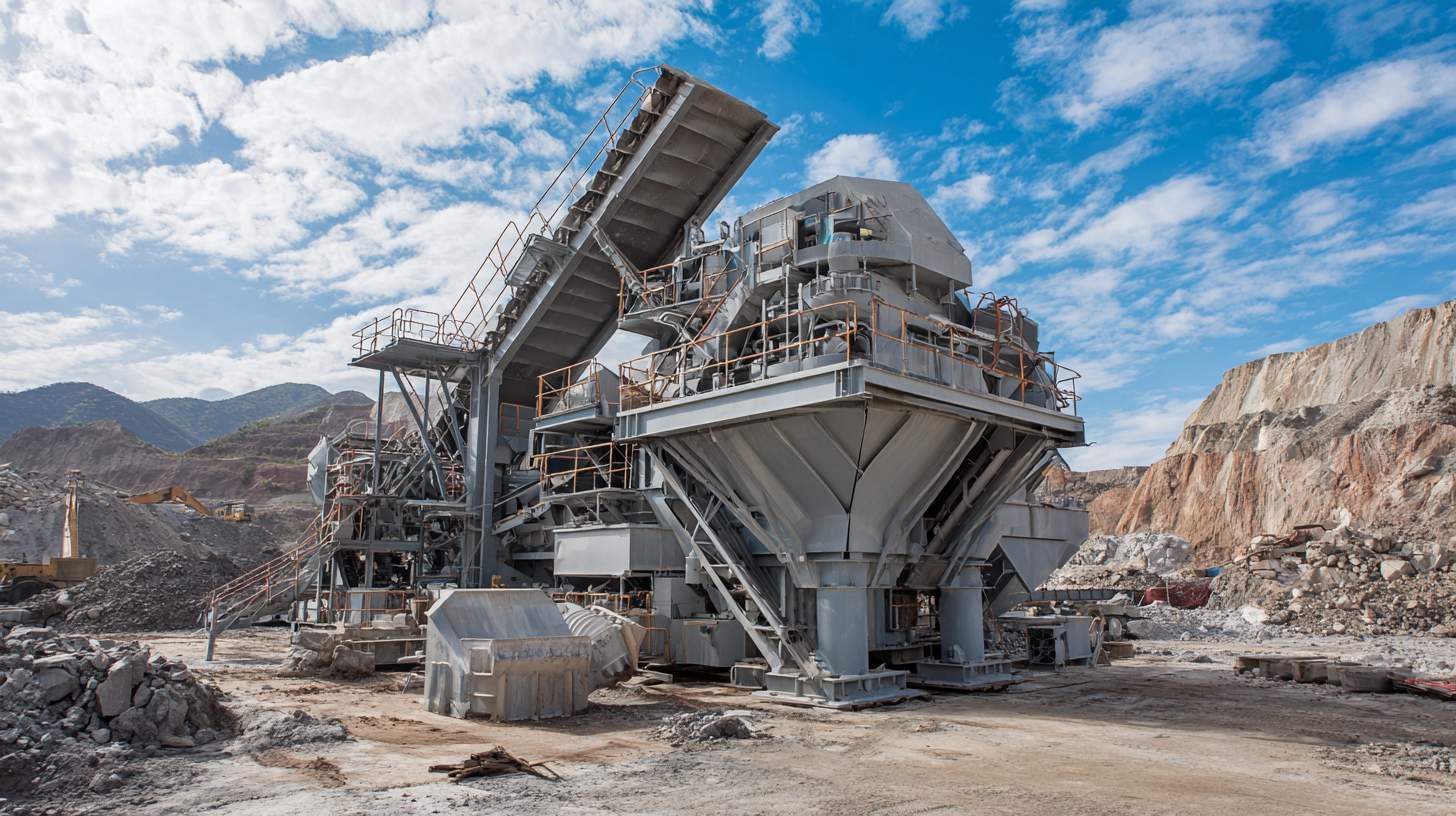
The design of bowl liners in cone crushers plays a pivotal role in determining crushing efficiency. Recent studies indicate that optimizing bowl liner geometry can enhance the passage of material through the crushing chamber, consequently improving throughput and reducing energy consumption. For instance, a report by the Mining Equipment Association noted that strategic adjustments in liner design could yield a 10-20% increase in processing efficiency, effectively reducing operational costs for production facilities.
Moreover, the material composition of bowl liners significantly influences performance. Modern alloy technologies have transformed traditional manganese steel liners to include highly durable materials, increasing resistance to wear and extending service life. According to a study published by the Journal of Materials Engineering, high-quality liners can decrease service interruptions by up to 30%, leading to a more consistent and reliable crushing operation. This decrease in downtime is crucial for industries dependent on heavy processing, emphasizing the importance of selecting the right bowl liner design to maximize productivity and profitability in the long run.
Bowl liners play a crucial role in the efficient operation of cone crushers, significantly contributing to the optimal flow of material through the crushing chamber. By providing a precise and consistent shape within the chamber, bowl liners ensure that materials are guided effectively towards the crushing zone. This optimized material flow minimizes the chances of blockages and ensures that the materials are evenly distributed, facilitating a more efficient crushing process. The design and wear patterns of the bowl liners can directly affect the way materials are crushed, impacting the overall throughput of the operation.
Moreover, the right bowl liner configuration allows for the maintenance of consistent crushing settings, which is essential for achieving desired product sizes. As the liner wears down over time, it can lead to inefficient crushing and potentially increase operational costs. Regular monitoring and timely replacement of bowl liners are therefore vital to maintain the desired crushing efficiency. By ensuring that the bowl liners are in good condition, operators can maximize productivity, reduce downtime, and ultimately enhance the material flow through the cone crusher, leading to improved performance and profitability.
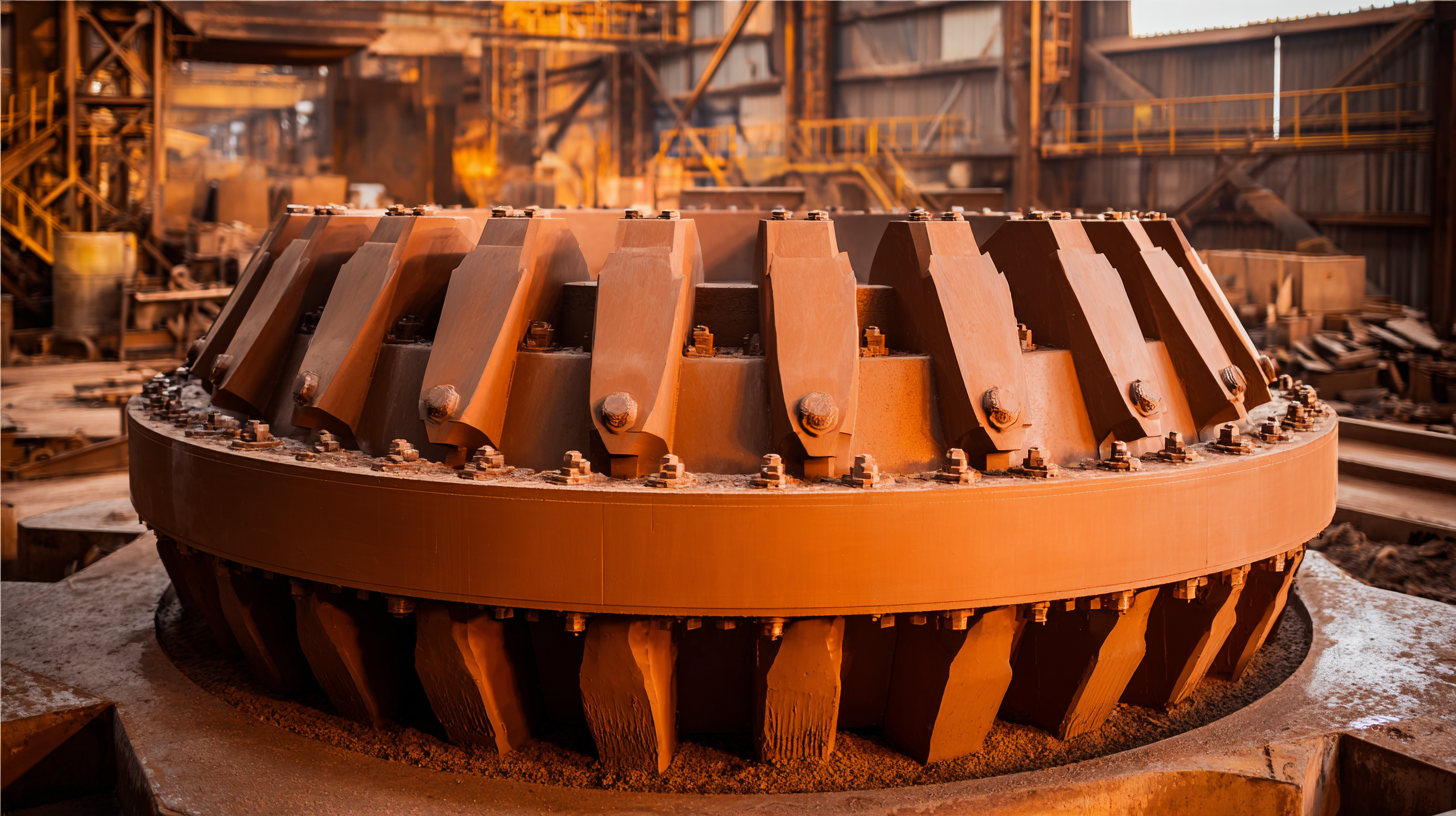
Maintaining the longevity of cone crusher bowl liners is essential for maximizing crushing efficiency in various operations. Regular inspections are key; operators should check for signs of wear and damage, such as cracks or significant erosion. Implementing a routine maintenance schedule allows for timely replacements and ensures the liners are always in optimal condition, thus preventing unexpected downtime and costly repairs.
Additionally, proper lubrication is critical to extend the lifespan of bowl liners. Using the correct type and amount of lubricant minimizes friction and heat buildup, which can lead to premature wear. Operators should also ensure that the crushing circuit is properly calibrated to avoid overloading, as excessive pressure can lead to rapid degradation of the liners. By adhering to these maintenance practices, businesses can significantly enhance the performance and durability of their cone crusher bowl liners, ultimately driving efficiency in their crushing operations.
| Maintenance Practice | Effectiveness | Recommended Frequency | Impact on Lifespan (Months) |
|---|---|---|---|
| Regular Inspections | High | Monthly | 6-12 |
| Lubrication | Very High | Weekly | 8-14 |
| Wear Part Replacement | Critical | As Needed | 3-6 |
| Check for Material Buildup | Moderate | Weekly | 4-10 |
| Operation with Correct Parameters | Very High | Constant | 10-18 |
In the competitive landscape of crushing operations, the cost-benefit relationship of
high-performance cone crusher bowl liners is crucial for optimizing efficiency and enhancing profitability. According to a report by the Mining Industry Council, switching to premium bowl liners can lead to
a significant reduction in operational downtime, with studies indicating downtime reductions of up to 30%. This translates not only to higher production rates but also lower life-cycle costs.
Additionally, high-performance bowl liners can improve wear resistance and extend service life, which often exceeds 20% compared to standard liners. A study by Crusher Linings Inc. shows that
utilizing these advanced materials can yield an overall cost saving of 15-25% over the equipment's operational life. By investing in quality bowl liners, operators not only maximize their
crushing efficiency but also enhance the longevity and reliability of their equipment, reinforcing the importance of assessing the long-term value versus initial investment.
